
The best neuroscience articles from July 2018
This month’s unmissable neuroscience articles include new software for automated identification of dendritic spines, a non-surgical way of switching brain circuits on and off and machine learning that can help predict outcomes of schizophrenia treatments. Happy reading!
1. Self-learning bionic hand could spark ‘new generation’ of prosthetic limbs
Scientists at Imperial College London and the University of Gottingen have developed a bionic hand that interprets patients’ intentions and moves in the way they want it to.
The bionic limb contains eight electrodes that detect weak electrical signals from the patient’s stump. The signals are then amplified before being sent to a mini computer within the prosthetic limb. The mini-computer interprets the signals and commands the hand to move. Patients found that the limb moved more naturally than other bionic limbs.
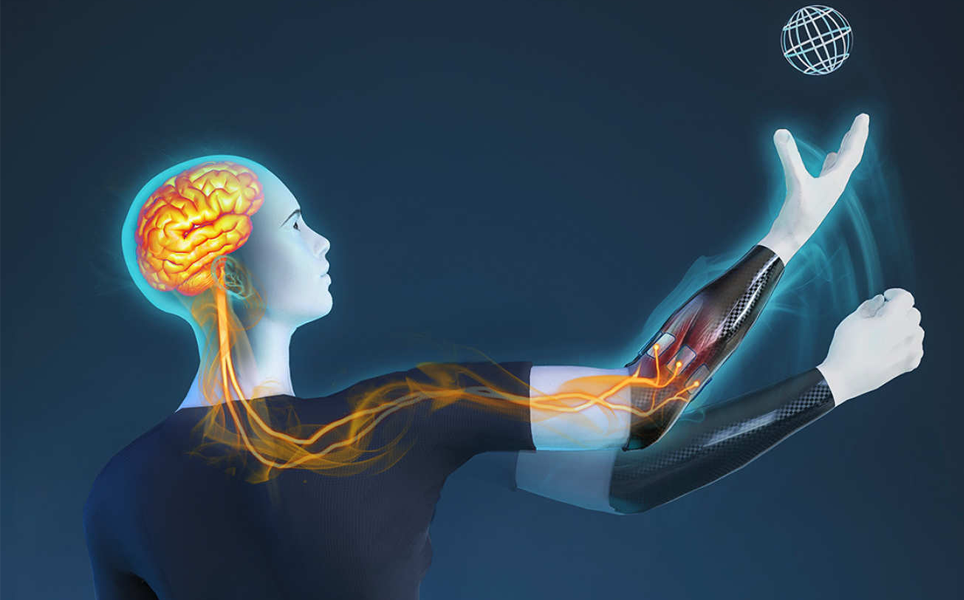
Self-learning limb
2. Sleep disorder linked with changes to brain structure typical of dementia
A study by the University of Sydney has identified changes in the structure of the brain in patients with obstructive sleep apnoea (OSA) that are also seen in the early stages of dementia.
In OSA, the walls of the throat relax and narrow during sleep, which stops breathing and reduces oxygen levels in the blood. The study suggests that the reduced levels of oxygen may be linked to shrinking of the temporal lobes of the brain and decline in memory. Therefore, screening older people for OSA and providing treatment where it is needed could help prevent dementia.
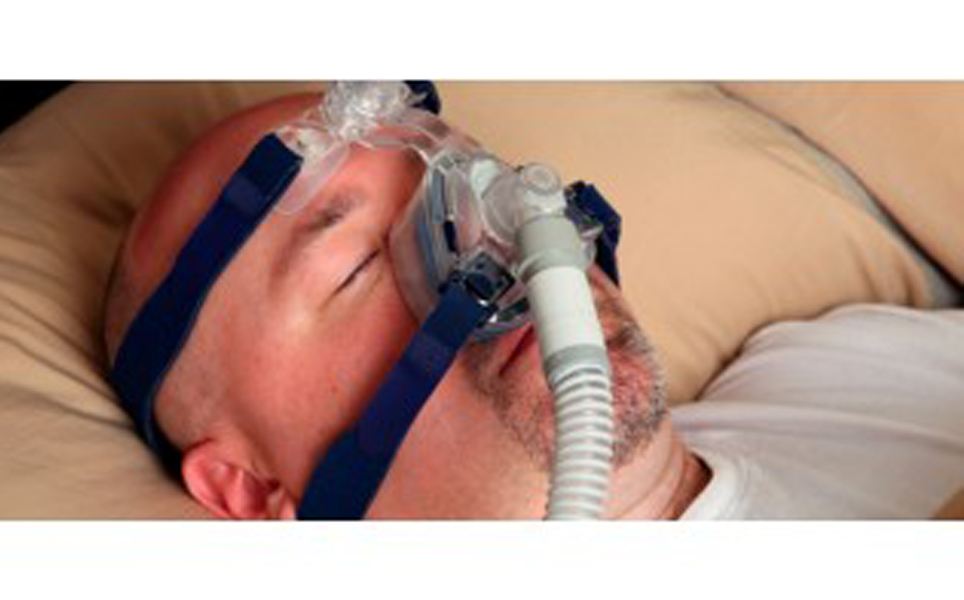
Find out more
3. Switching brain circuits on and off without surgery
A non-surgical way of selectively turning neural circuits on and off has been developed by scientists at Caltech. The technique uses ultrasound waves, gene therapy and synthetic drugs. It has been named acoustically targeted chemogenetics (ATAC) by the researchers.
In mice, the memory-forming neurons in the hippocampus were targeted using ATAC. The researchers were able to specifically switch these neurons off, which caused the mice to be temporarily unable to form new memories. ATAC is reversible and it’s hoped that it can one day be used to treat neurological conditions.
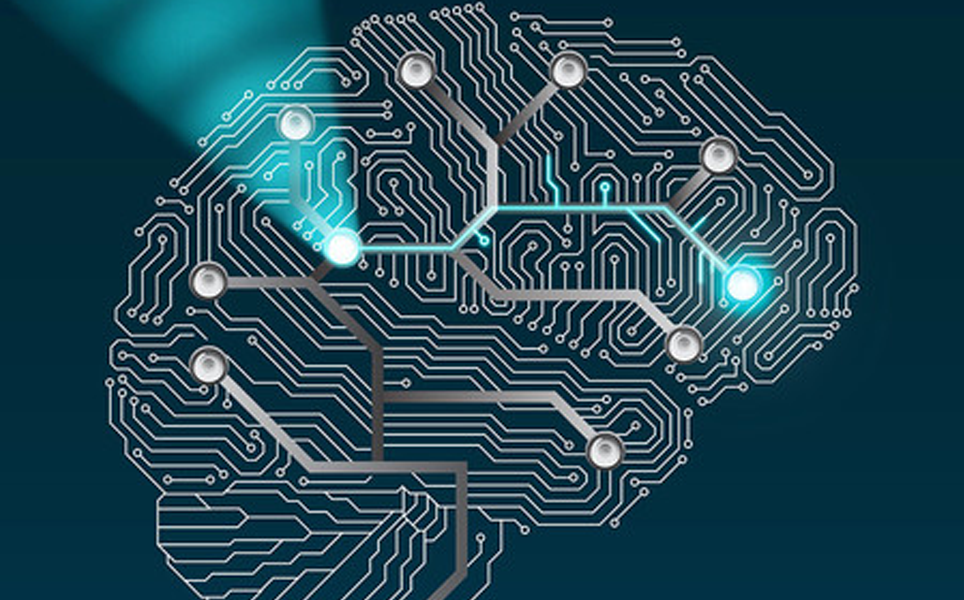
ATAC brain circuits
4. New drug material discoveries to be untangled in VR
Computer science and chemistry researchers at the University of Bristol have collaborated with developers at Interactive Scientific and Oracle Corporation to create new virtual reality cloud-based tools.
These tools allow researchers to touch molecules as they move – folding them and changing their shape to see how they interact. Researchers can download the software to see simulations of molecular interactions, protein folding and drug binding in real-time!
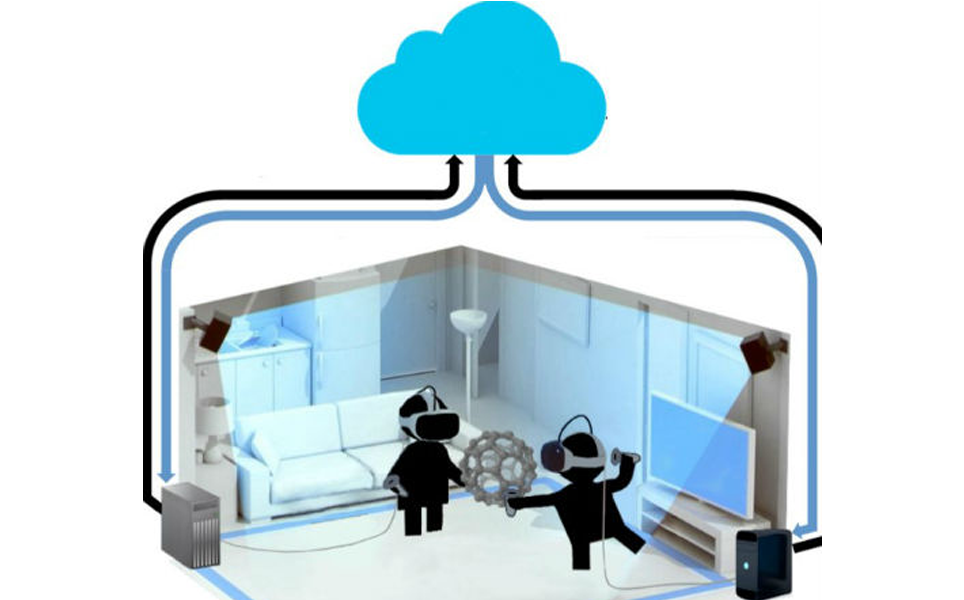
Download the software
5. Machine learning helps to predict the treatment outcomes of schizophrenia
In a collaboration between researchers at the University of Alberta and researchers at the Texas Health Center at Houston, a machine-learning algorithm was used to predict how patients with schizophrenia will respond to the antipsychotic, risperidone.
By examining functional MRI images of schizophrenia patients and healthy subjects, the algorithm successfully identified patients with schizophrenia with 78 percent accuracy. It predicted whether they would respond positively to risperidone with 82 percent accuracy.
It is hoped that this method will help find the best treatment for patients, relieving symptoms and reducing side effects of drugs.
Machine learning predictions
6. Artificial intelligence helps Stanford computer scientists predict the side effects of millions of drug combinations
Scientists at Stanford University have developed an artificial intelligence system, called Decagon, that can predict potential side effects of different drug combinations. This could help doctors make better decisions about which drugs to prescribe patients, as well as help researchers find combinations of drugs to treat complex diseases.
Decagon currently only predicts side effects of pairs of drugs. In future, the team would like to develop the system to be able to consider more drug combinations.

Decagon different drug combinations
7. Mapping the brain with data science: Visualizing neural connections gives new insights into disease
A group of researchers at Purdue University are designing data-driven tools that identify and track changes in the brain, helping clinicians better understand the progression of neurodegenerative diseases.
In order to develop their method, the team are using data from the Human Connectome Project, as well as brain imaging data showing both structural and functional brain connectivity. The team are hoping to release a tool that assesses the human connectome and allows clinicians to track neural health and disease progression.
Data-driven disease-tracking
8. Complete fly brain imaged at nanoscale resolution
Scientists at the Howard Hughes Medical Institute’s Janelia Research Campus have, for the first time, imaged the fruit-fly brain at nanoscale resolution.
The team used two transmission electron microscopes to capture 21 million images of 7062 brain slices, creating a high-resolution digital image of the adult fruit-fly brain. This allows researchers to trace the path of connections between neurons throughout the fly brain.
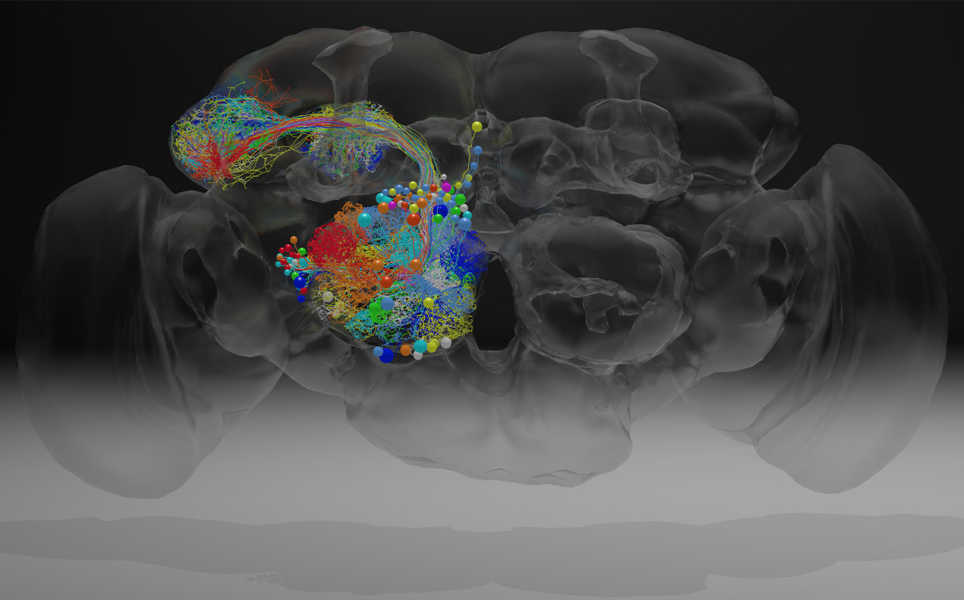
A fruit-fly first
9. Neural inflammation plays critical role in stress-induced depression
In a study by Kobe University and Kyoto University, the innate immune system was found to play an important role in stress-induced depression.
The researchers found that repeated social defeat stress activates microglia in the medial prefrontal cortex via innate immune receptors. This activation of microglia triggers the expression of inflammatory cytokines, which cause atrophy and impaired response of neurons in the medial prefrontal cortex. This then translates to depressive behaviour.
Read more
10. Researchers generate missing cell type in brain “organoids”
Scientists at Case Western Reserve University have created brain organoids that more accurately represent the cellular interactions that occur during brain development.
The researchers have added oligodendrocytes – the third major cell type in the central nervous system – to organoids which can be grown in the lab. Oligodendrocytes make myelin, and many neurological diseases occur as a result of myelin defects. Therefore, brain organoids that incorporate oligodendrocytes can help us better understand brain development and neurological diseases, as well as be used to test therapeutics that enhance myelin, prior to clinical tests in humans.
Complete brain organoids
Please send all cloud-based tools, machine learning, bionic hands, feedback and suggestions to [email protected]
Banner image credit: Z. Zheng et al./Cell 2018
Sign up to receive our latest news
Find out about Scientifica's latest product releases, company news, and developments through a range of news articles, customer interviews and product demonstration videos.

)